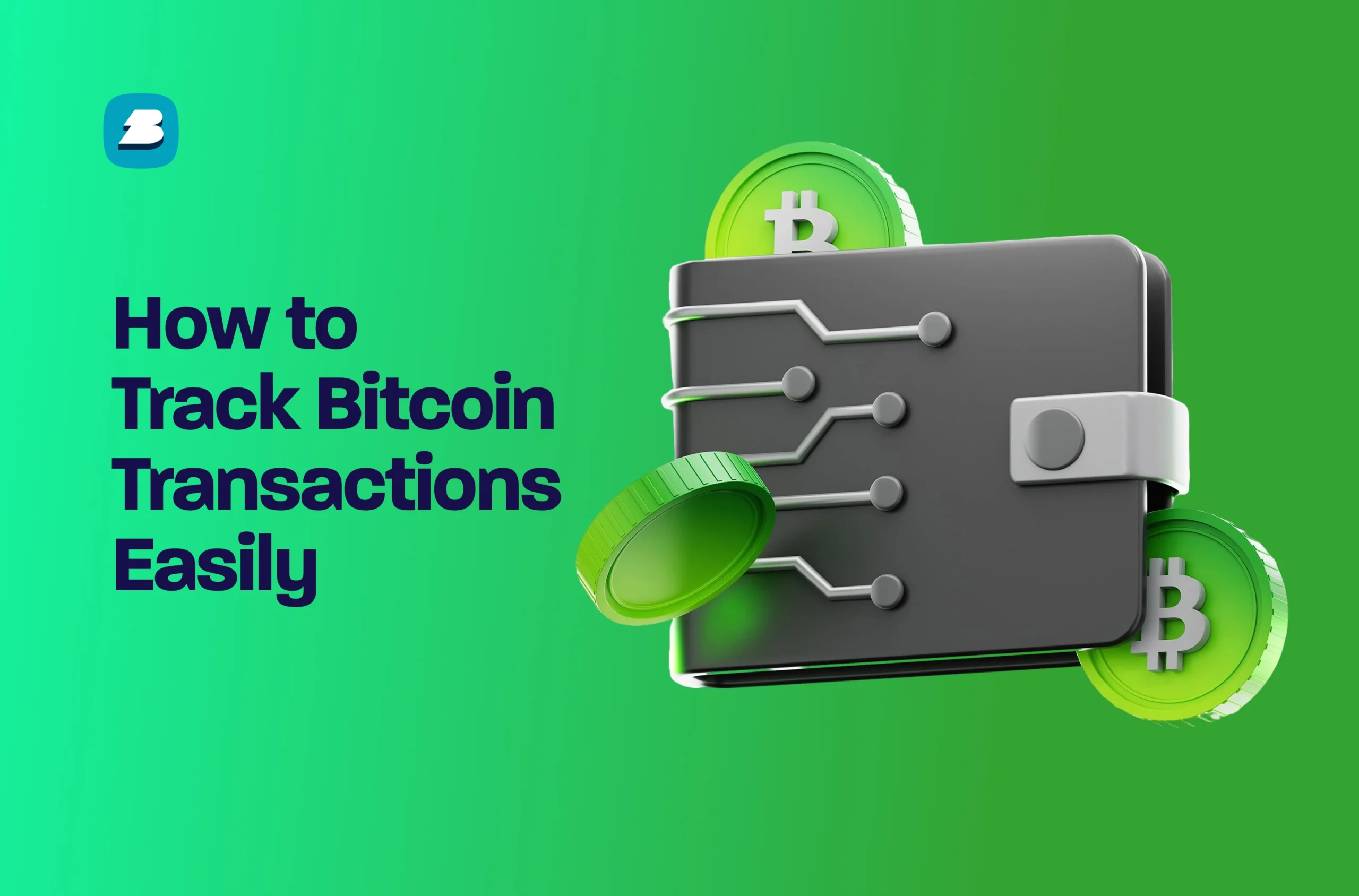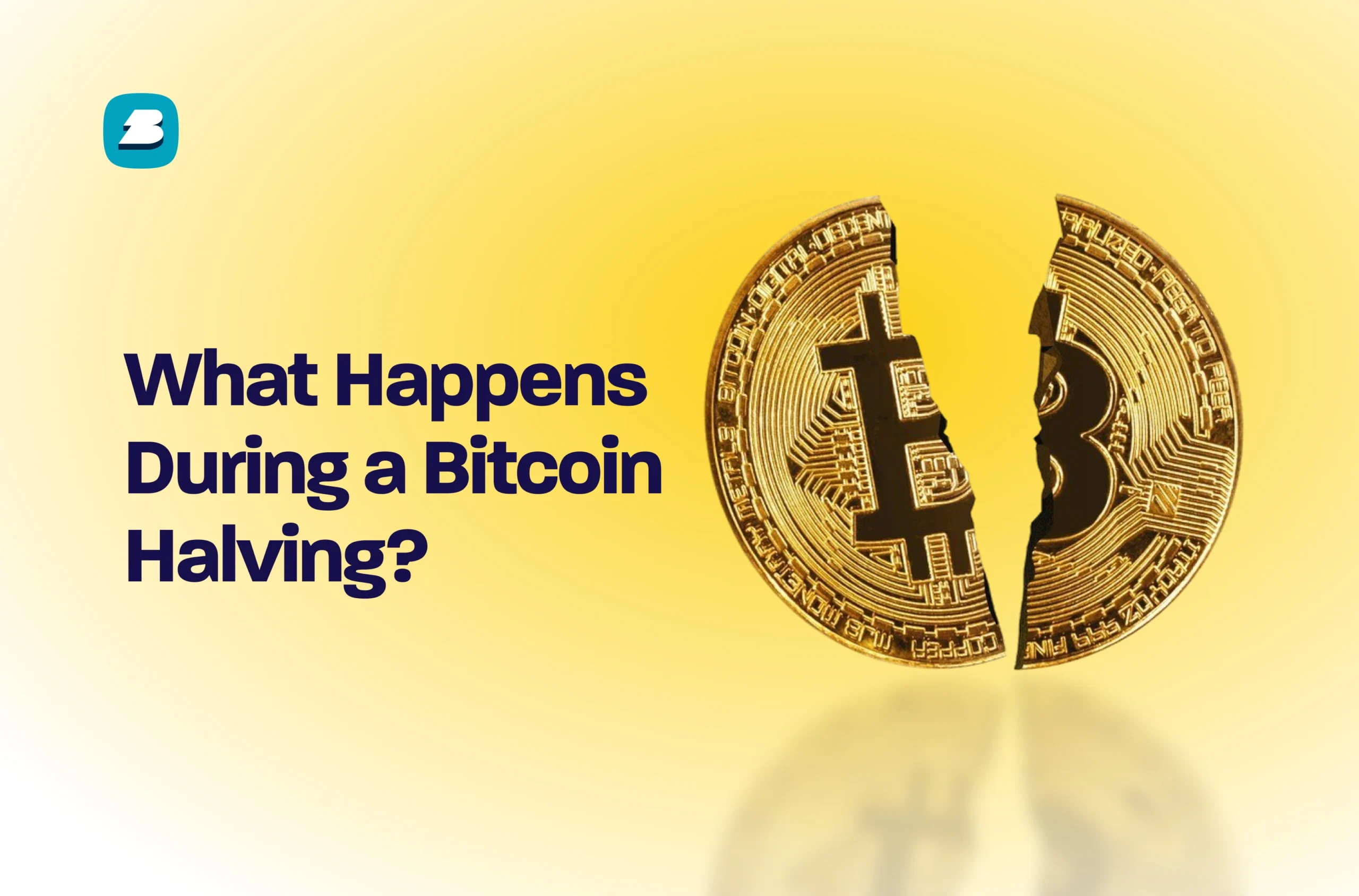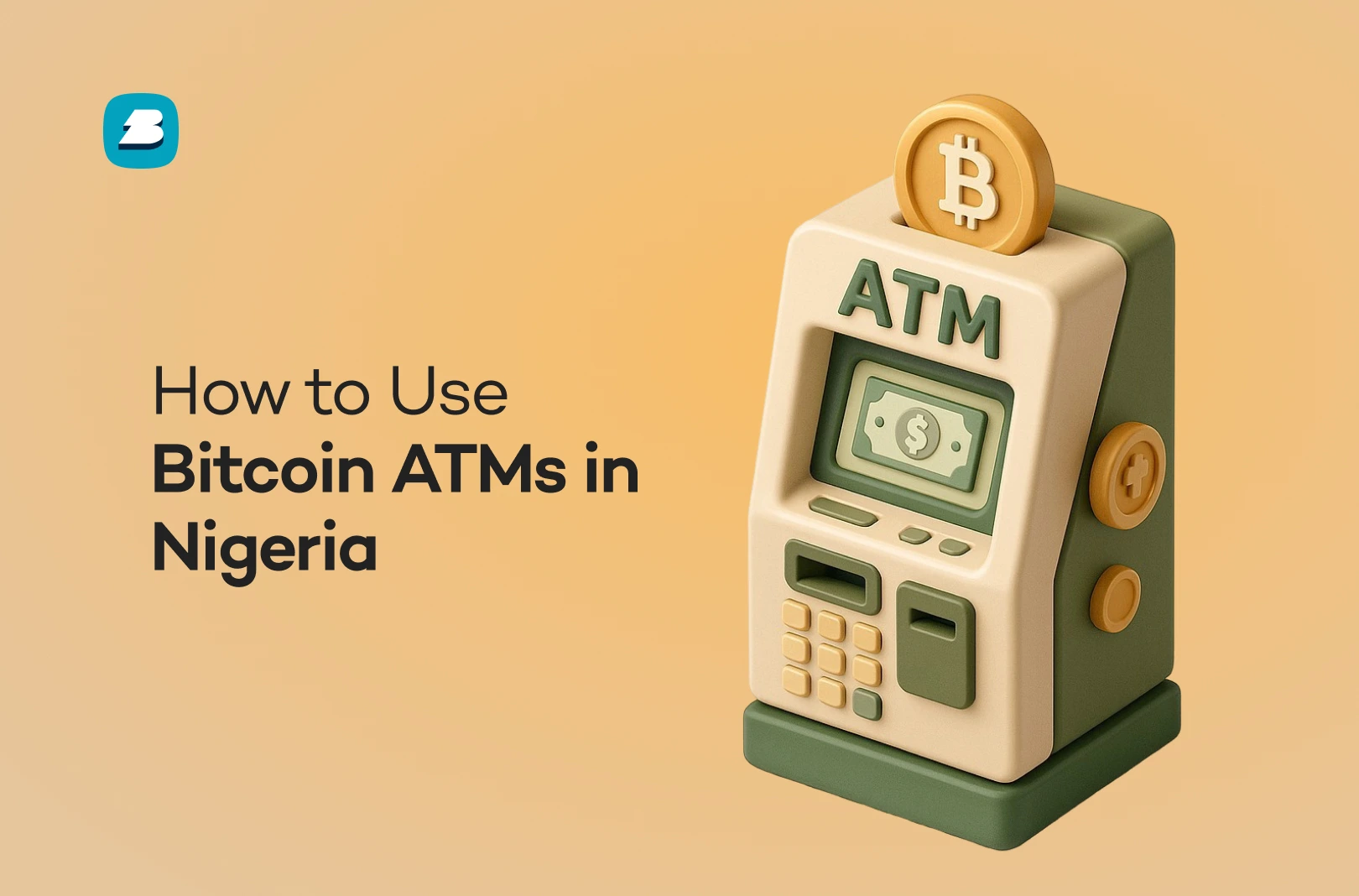A few years ago, I met a crypto investor who had turned a few hundred dollars into millions. When I asked him how he did it, he smiled and said, “I understood Bitcoin halving before most people did.” He got into Bitcoin early when people dismissed it as another internet experiment. But he wasn’t just buying and hoping—he had studied the cycles, tracked supply changes, and prepared for every upcoming Bitcoin halving.
When the halving hit, mining rewards were cut in half, creating tension among investors in the market. While others sold in fear, he doubled down. Months later, Bitcoin’s price exploded, and his portfolio skyrocketed.
As a crypto analyst, I’ve spoken with some of the most prominent players in this space. Those who understand Bitcoin’s halving don’t just survive market shifts—they position themselves ahead of them. So, what exactly is Bitcoin halving, and why does it shake up the entire crypto world? Let’s break it down.
What is Bitcoin Halving?

Bitcoin halving occurs every four years, during which the reward for mining new Bitcoin blocks is halved. Just as gold is mined, Bitcoin is also mined. The difference, however, is that gold is mined physically, but Bitcoin is mined digitally. This mining process is achieved by a group of miners who solve mathematical problems to introduce new blocks to the blockchain. These miners are usually rewarded for adding new Bitcoins, and these rewards are then halved every four years.
The essence of this halving of rewards for miners is to create a scarcity of Bitcoins and attain its total supply of 21 million without exceeding it. This, in turn, means that miners will have to mine more to maintain their reward streak, ensuring a rise in value and demand for Bitcoin.
The primary purpose of Bitcoin halving is to decrease the number of new coins entering the Bitcoin network to put a hedge against inflation. Unlike flat currencies like Naira, Cedis, and USDC, which are often affected by inflation due to their unlimited supply, Bitcoin ensures that its supply remains limited.
Historical Impact of Bitcoin Halving Events
Halving Bitcoin has had a remarkable impact on Bitcoin’s price over the years. Let’s look at some of them:
- First halving
The first Bitcoin halving happened in 2012, four years after Bitcoin was created. The block rewards were reduced from 50 to 25 BTC, and the halving significantly impacted the price of Bitcoin at the time.
- Second halving
The second halving occurred four years later, in 2016, with the block rewards reduced from 25 to 12.5 BTC. This halving significantly pushed up the price of Bitcoin in 2017, making it hit an all-time high.
- Third halving
The third halving occurred in 2020, with the block rewards reduced to 6.25 BTC. This halving ushered in the 2021 bull run until the end of 2022. A significant price impact on the upside was also recorded for Bitcoin.
- Fourth halving
This is the most recent Bitcoin halving. It took place on May 11, 2024, with the block rewards getting reduced to 3.125 BTC from 6.25 BTC. Although the impact of the halving on the price of Bitcoin and the general market was below expectations, there could be significant price movements in the coming days.
The Broader Impact on the Crypto World
Every Bitcoin halving event usually impacts the world market. Reducing the reward for miners often leads to fewer Bitcoins entering the market, influencing its scarcity, drawing a demand for more supply, and, consequently, driving the price up.
Over time, the price of other coins in the market moves relative to Bitcoin. Other coins usually follow suit if a surge happens on Bitcoin or hits an all-time high.
In addition, halving has improved mining technology, as miners’ reduced rewards lead to more competitiveness and affect mining profitability. Want to see the numbers for yourself? You can check CoinMarketCap or Yahoo Finance for Bitcoin’s price history and how it reacted after previous halvings.
Impact on Bitcoin Mining
While many investors usually get excited about halvings due to a potential price surge, it’s usually a different challenge altogether for miners. With block rewards slashed in half, mining profitability becomes more complex—unless Bitcoin’s price jumps high enough to compensate.
After each Bitcoin halving, mining becomes a fierce competition, and only those with high-efficiency rigs and low-cost electricity can keep up. Many miners must upgrade their equipment or join mining pools to stay in the game.
How to Prepare for Bitcoin Halving
Preparation is one key to maximising Bitcoin halving as an investor or miner. Here are things to keep in mind while preparing for a halving.
For Investors:
- Look at Historical Data: Study the historical price patterns of Bitcoin before and after halving. This will give you insight into what to expect during halvings. You can research trends from websites like Glassnode to help you analyse Bitcoin’s supply and demand.
- Invest Across Markets: Since Bitcoin halvings often lead to price increases according to historical trends, consider diversifying your portfolio. This can help to reduce risk.
- Stay Updated on Market Sentiment: Monitoring institutional moves and public interest can help you make better trading decisions. Platforms like The Block provide in-depth market research and news.
For Miners:
- Upgrade Your Equipment: Older mining rigs become less profitable after a halving. Investing in more efficient ASIC miners can make a big difference. Websites like F2Pool offer mining profitability calculators to help you plan.
- Find Lower Electricity Costs: Energy efficiency is critical post-halving. Many miners relocate to areas with cheaper power to remain competitive.
- Join a Mining Pool: Solo mining becomes even more complex after the halving. Pools like Slush Pool allow miners to combine their computing power and earn more consistent rewards.
Frequently Asked Questions (FAQs) About Bitcoin Halving
When does Bitcoin halving occur?
Since its creation, Bitcoin has halved every four years. The last halving occurred in 2024; hence, the next halving should happen in 2028.
Why is Bitcoin halving Important?
Halving Bitcoin helps control the overall supply of Bitcoin and creates scarcity, which has maintained the value of crypto over the years.
How does Bitcoin halving affect the price of Bitcoin?
Since the previous Bitcoin halving over the years, Bitcoin’s price has always increased, as the demand for it has always been higher than its supply.
What impact does Bitcoin halving have on miners?
Miners’ profitability reduces after every halving. To stay profitable, miners must double their efforts or depend more on transaction fees.
How does Bitcoin halving affect the overall market?
Bitcoin halving often comes with the expectation of a massive surge in the market, as there is consistently increased volatility and heightened investor interest.
Conclusion
Bitcoin halving isn’t just a technical event—it’s a game-changer for the market. History shows that these events often lead to price shifts, and savvy traders use them to their advantage.
With the latest halving, expectations are high, and many believe another price surge is on the horizon. Whether holding for the long run or looking to cash in on market moves, platforms like Breet make it easy to sell Bitcoin securely.
One thing is sure: future halvings will keep shaping the crypto world, creating fresh opportunities for those ready to seize them. Stay informed, stay prepared, and make every move count.







